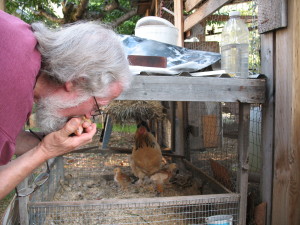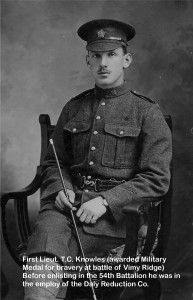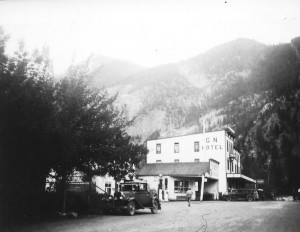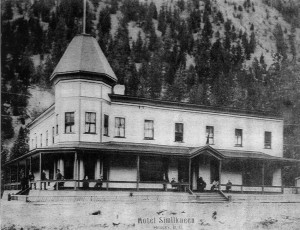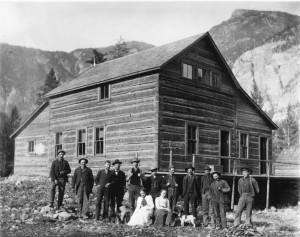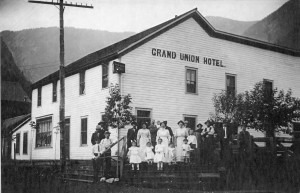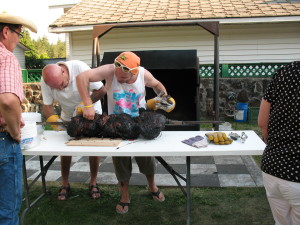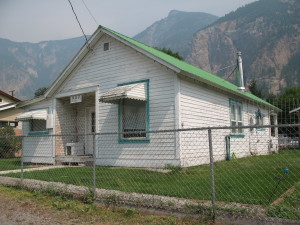Somewhat like desert dwellers, we, the citizens of Hedley, do not
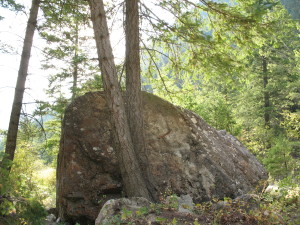
complain about the lack of most amenities. Sure, there are times when we’d like to shop at a big city mall, drink coffee at Tim Horton’s or Starbucks, go to a movie, etc. We can certainly have the advantage of all these by driving to Penticton. A small number of local people do this with some regularity. Most of us do it occasionally.
But why spend a couple of hours in a car when we can enjoy life in this peaceful community surrounded by mountains? This morning, after stretches and exercises as usual, Linda and I walked to the Hedley Seniors Centre. On the second Sunday of each month the seniors group invites the community to a breakfast of 2 pancakes, 2 eggs and 2 sausages or slices of bacon, plus coffee. McDonalds cannot match their quality or their price of $5.00.
As long as we don’t look for people we know well already, the breakfast is a good way to meet our Hedley neighbours. Today we sat across from Richard. He recently lost his wife of more than 50 years to cancer. We were pleased to hear that Lorraine Lance had sent him some home made pyrogies. She is exceptionally good at reaching out to people with a need. In a small community people are more likely to know who needs a visit, a bowl of soup, even just a phone call. We are always heartened when we see people doing this.
Today Linda took the camera along to the breakfast and got a shot of George K at the grill. He’s a pragmatic Dane and makes great pancakes, but he apparently doesn’t care to be photographed. “That’s enough,” he told her. Undaunted, she slipped outside and snapped another shot through the window. Unfortunately, the computer either hid or lost the photos so we’ll have to try again next month.
At 9:30 we attended the service at the Hedley Grace Church, the only church in town. For several reasons the attendance was down, only about 15. On a good Sunday up to 25 people come. Pastor Graham, 75, has been troubled with a cold and has been nursing his voice for several weeks. He managed to deliver a full, interesting sermon. Both Graham and Myrtle are like much needed leaven in our community.
After church we were just finishing a slice of Linda’s home made brown bread and a bowl of sauerkraut borscht when there was a knock on our front door. It was Vic and Laverna Spenst of Abbotsford. A very pleasant surprise. I first met Vic in grade 1 at the North Poplar Elementary School in what was then Matsqui Municipality. For the most part, we attended the same school and finished with grade 13, which was still offered then (it’s a long time ago). They both lost their spouse about half a dozen years ago and connected at the Sevenoaks Alliance Church in Abbotsford. For them it seems the second marriage is as fulfilling and joyous as the first.
Very late in the afternoon, Linda and I hiked along 20 Mile Creek to
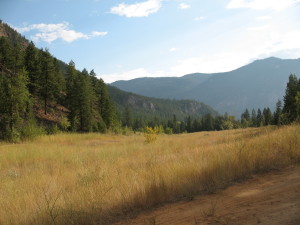
the Big Rock. The tall grass on the former tailings pond shimmered like a field of ripe golden wheat on the Saskatchewan prairie. Framed by the towering mountains, the evergreens and the blue sky overhead, the splendour of this idyllic scene brought joy to our hearts.
In the past we sometimes walked to the first crossing over the creek. At one time a Buddhist monk lived in a cave 5 or 6 crossings farther. Linda never accompanied me on my occasional excursions to visit him. Today a comfortable cool breeze wafting off the creek provided welcome relief from the heat of the Hedley sun. The creek is low and we need rain and snow to replenish it. We’re not in a hurry for the snow yet though.
Upon returning, Linda suggested we pick up a couple of slices of pie from Jim Gray. He operates the Tea Room at the museum. He had apple raspberry pie, which we will enjoy this evening. He also gave us 2 additional pieces to pass on to “some one in need.” We’ll offer them to the 2 brothers living at the end of our street. They are on the periphery of the town both geographically and socially.
It’s 6:19 and the sun just dropped behind the mountain to the west. We’ve become accustomed to basking in the warmth of sunny summer evenings, and now we’re going through an adjustment period. I still wore shorts this afternoon, but I’ve already changed into jeans and a long sleeved shirt. Mornings are chilly now, dropping down close to zero. No snow yet, but autumn is definitely poking its frosty nose into our valley at night.
Time for dinner on a great September Sunday in Hedley.


